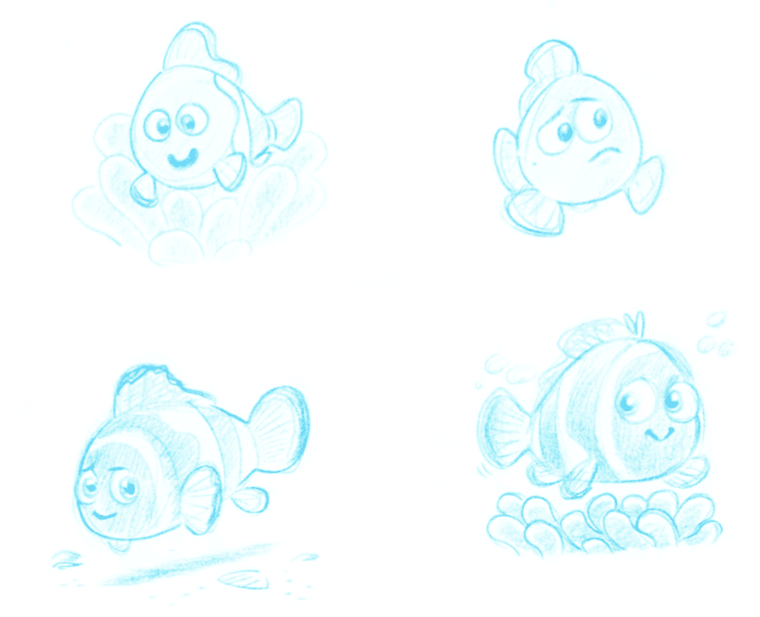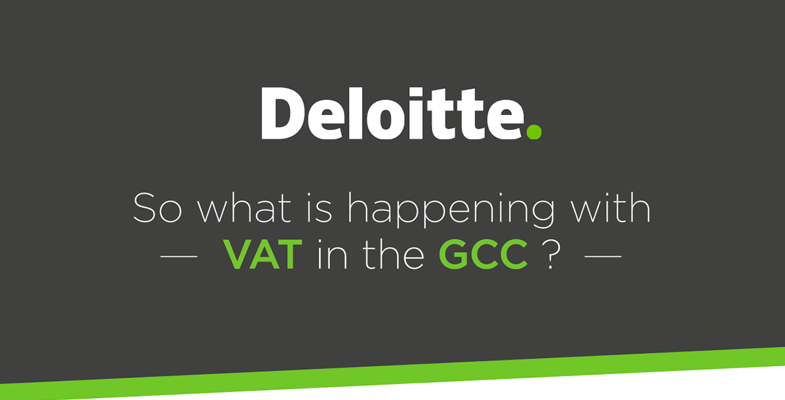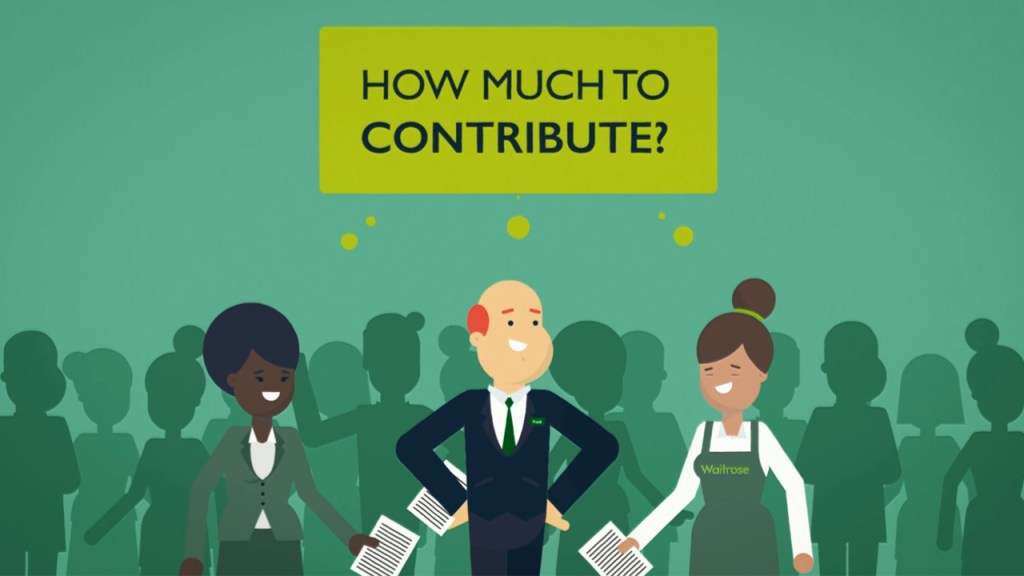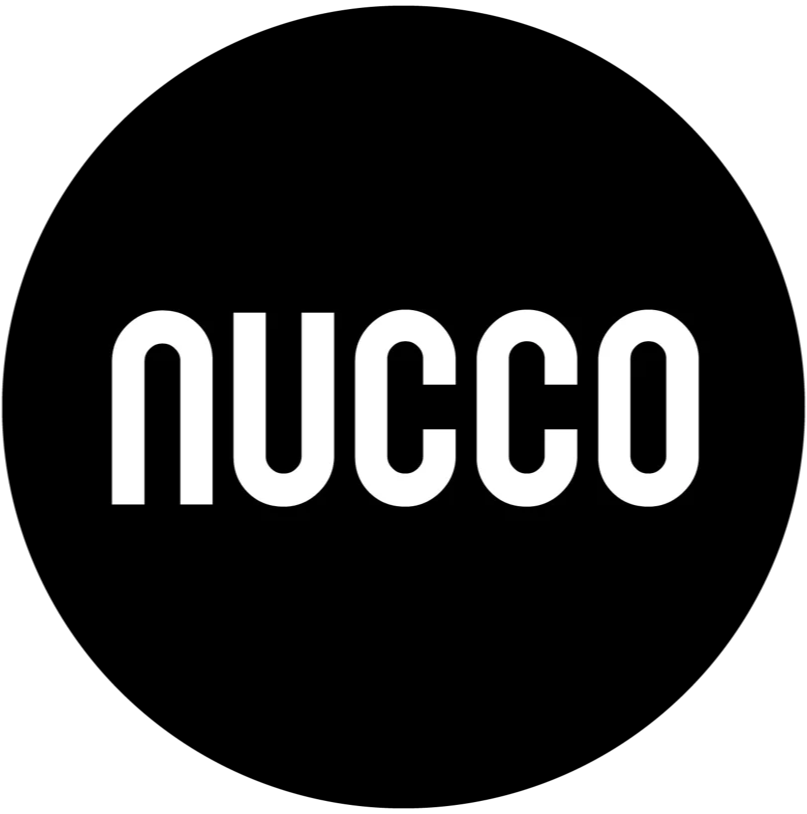COMMUNICATING B2B CONTENT: THE SCIENCE OF SIMPLIFICATION

Complex ≠ mean complicated: the art of simplifying complicated ideas.
The movie ‘Finding Nemo’ is widely considered one of the most successful animated features of all time. For a period, it was the best-selling DVD of all time, making an estimated 400 million dollars for Disney from video sales alone. It featured iconic characters, and cemented Steve Jobs-owned Pixar as the indisputable overlord of 3D animation studios.

‘Finding Nemo’ was the brainchild of Pixar writer-director Andrew Stanton. It was inspired by multiple life experiences, including his relationship with his son and his fascination with marine life. So when Stanton pitched his idea for a film about a clownfish father crossing the ocean to find his lost son to Disney executives, he was understandably comprehensive about his vision. He spoke for more than an hour, exhaustively laying out his vision for a rich underwater world, revealing every plot point and character design in detail, and even doing the characters’ voices.
After the pitch, Stanton waited breathlessly for the executives to say something… anything.
When they finally did, the feedback was unanimous:
“You had us at ‘fish’.”
And the rest, as they say, is history.
At Nucco, we love this story because it perfectly illustrates one of our core creative principles: sometimes, simplicity is the best way forward. Getting people excited about something can be more about finding a hook within the bigger picture than getting bogged down in the details. Complex ideas can always be simplified, and we’ve found that attracting and retaining an audience relies on making these ideas accessible to everyone.
Defining Complex Ideas
Complex doesn’t mean complicated. This is an important distinction to make, because it’s the key to making sense of potentially dry and technical ideas. ‘Complicated’ means unnecessarily convoluted and hard to understand. ‘Complex’, on the other hand, is layered and made up of many disparate parts. But it can always be broken down into more digestible chunks.
We’re not just pulling this out of where the sun don’t shine. René Descartes, one of the founding fathers of Western philosophy, talked about the importance of breaking down ideas into the sum of their parts way back in the 15th Century. He was also a pioneer of the scientific method, a set of principles and logical directives that is as applicable to storytelling as it is to physics or chemistry.
We apply the scientific method to every story we tell. Let’s take a look at one of the principal models of scientific content marketing: the information engagement funnel.
The Information Engagement Funnel
This little thought experiment asks us to visualise an inverted funnel, into which information is poured. It becomes narrower and narrower, until it tapers to a point. The viewer’s attention is filtered away as it passes through each of the funnel’s layered sections. The human brain can only take so much information overload: retaining engagement depends on using the right medium to communicate the right type of messaging.
1. The hook
The top, widest section is the hook. It’s the emotional draw that attracts the attention of your audience. Its job isn’t to communicate information, but to empathise with and speak directly to the viewer’s ego. A short, punchy video is an excellent way to build a strong hook that provides momentum and drives the user journey through each subsequent section.
2. Awareness
The next section is building awareness. Here, we expand upon the initial hook and build brands based on visual cues such as colour, motion and character. Our messaging is still subliminal at this point, so it’s important to keep them aware that the brand exists without bombarding them with facts and data. The key difference between this section and the next is that the hook is all about generating raw emotion, and awareness is about brand recognition.
3. Basic info
Once we’ve created awareness, we can move on to communicating basic info. These are our essential points of interest, and they must be concise enough to provide an overview of the service offering, and vague enough to be intriguing. A longer explainer video is the ideal medium for this stage, because we’ve now started a dialogue with our viewer. They’ve made a conscious choice to absorb our message and to discover more about who we are.
4. Detailed info
Basic info gives way to detailed info. This could include a description of the service offering, frequently asked questions, a model of the user journey, testimonials and other commercially available information. Because this can often be too much to convey over the course of a two minute explainer video, it’s best to use infographics and interactive PDFs to support this stage.
5. The Fine Print
If our user has stuck with us this deep into the funnel, we can finally show them the fine print. Our clients care a great deal about fine print, but for the user it can be a bit of a slog. Nobody wants to read pages and pages of Ts & Cs on a white sheet, and that’s why it’s essential to find an appealing visual language and layout.
If our user has made it all the way down the funnel, we can usually consider this a successful conversion. A strong CTA ensure that we’ve effectively capitalised on user interest, and that we’ve established convenient points of contact. If the viewer has to search for a way to get in touch, their interest will wane very quickly.
Ferrying people down the funnel
This is the tricky part, otherwise known as Storytelling 2.0. The content that corresponds to each section of the user engagement funnel must be able to both represent the wider content strategy and to stand by itself. Promoted posts and media-buying can be a good way to give the wider strategy a kick-start; and although we prefer organic traffic, putting a little oomph behind the initial push won’t hurt. Our work for Innovate UK ticks all these boxes, encompassing a variety of content types backed by paid media.
 Innovate UK || Audiences of the Future
Innovate UK || Audiences of the Future
We ensure that our audience are provided with multiple points of access for each content offering. And from each point of access, they need to be able to jump right in without having to refer to any other point. For example, the reason that Marvel Comics has enjoyed greater success than DC in recent years is quite simple: DC has convoluted, obscure plot lines requiring a deep understanding of the lore, whilst Marvel allows its readers to jump right in with very little context. (unless, of course, you don’t know how Spider Man got his powers, in which case we’re not angry, just disappointed.)
Navigating the modern attention span
The sad fact of the matter is that the world is shallow, and getting shallower. We need more and more stimuli to satisfy our increasingly limited attention spans. When we tell stories, we need to be aware of rhythm, pacing and placement: namely, where we place the juiciest bits of content. If some of our messaging is deep or emotionally charged, we need to make sure we use entertaining hooks to space out the heavy stuff and earn those coveted 15 seconds of user attention.
The Finding Nemo story above is a great example of how to intersperse more demanding content with fun anecdotes and case studies, as the ‘hook’ organically gives way to the text body.
Simplifying complex information: a how-to
And now, without further ado, we’ve put together this guide on how to get down to brass tacks and turn complex ideas into exceedingly simple truths that resonate with a modern audience.
1. Never assume that people know stuff
People might know what your phylogenetic mapping service is all about. They might. But they probably won’t. Even if you’re aiming your message at ‘bacterial morphologists based in London’, a lot of people are going to look at your content and decide that it just takes far too much mental energy to even attempt to process it. When we created a series of videos and VR content for EDF Energy, we made sure to speak to nuclear scientists and experts while keeping their thoughts and opinions accessible to a wider audience.
Find out what makes your viewers tick, and speak to them in language they’ll understand. Even if you know exactly what all of the industry jargon means, some terms might be more palatable than others. Some financial services buzzwords are synonyms: ‘working capital’ and ‘cash flow’ for example. But cash flow sounds much more pleasant, because ‘cash’ and ‘flow’ are usually associated with positive things like wealth and running water.
2. Be painfully aware of the context.By context, we mean the media context in which you’re telling your story. People will rarely watch a seven minute YouTube video because it involves an awkward chunk of time that’s neither short and snackable or long-form enough to be engaging. Instead, they’ll either pay attention to a two minute trailer, or a fifteen minute documentary. And if you can’t summarize seven minutes’ worth of information in two minutes, you’ve gone wrong somewhere. Our explainer video for Deloitte, in which we laid out changes to taxation policies in the GCC region, is a prime example of how to relay complex information in a limited amount of time.
 Deloitte | Supporting Business Training
Deloitte | Supporting Business Training
If your message simply won’t fit into that two-minute window, you can think within the context of a series. Distribute your content, and the more interest you’ve generated in your initial instalments, the more people will watch it. Just remember that human beings tend to make connections by association rather than rigid categories, so you’re going to have to find a way to serialise your content in a way that makes organic rather than logical sense.
For example, a story presented in a rigidly taxonomic way might make sense for a methodically minded engineer, but not for an artist who works by matching colours and shapes. Fans of the movie ‘Twilight’ might be more interested in love stories or Robert Pattinson than vampires, and may not necessarily enjoy ‘Interview with the Vampire’ (or Tom Cruise.)
3. Find out what matters to people.Humans are selfish. We’re sorry, but it’s true. People just want to know what impact your amazing new product or service will have on their lives. That’s why you have to find a way to let them know how you can improve their day-to-day. Astronomy may seem like a lofty topic, but talking about how the cycles of the moon affect observable phenomena like the tides makes it appear far more tangible. We actually tried our hand at cosmic themes with our European Space Agency Business Applications explainer, making sure that instead of attempting to communicate the complex principles of orbital science, we focused on real people and businesses that are making a success of space technology.
Anyone who is fascinated by a particular topic, be it flightless birds or the toothpaste industry, will happily delve into dense scientific journals to find out more. But a scientific journal isn’t exactly snackable content – it’s the fine print. Of course, you need enough hard science to make you look like you know what you’re talking about, but remember that the emotional response comes first: that’s your hook. If you’ve generated enough emotion, people will get to the fine print on their own.
If you want to really speak to people, don’t just exhaustively share every single tidbit of information at your disposal. You may have generated a great deal of interest, but if your video gives your audience complete closure, then you’ve done a great job as a content creator but not as a marketer. If the lecture is done and dusted, you’ve closed yourself off from any form of dialogue with your users. Our hero video for John Lewis & Partners internal comms was laden with touch points for our audience to engage with and seek further information about. It required active participation from viewers, and ended up being a grand success story for our studio.
 John Lewis Partnership | Creating Internal Engagement
John Lewis Partnership | Creating Internal Engagement
Make sure that whatever you’re talking about, it can immediately be connected to some form of user response. Make what the viewer needs to do once they’ve consumed your content immediately obvious. They need to know that they have the power to contribute something extremely valuable.
And there you have it: the science of making content resonate through simplification. But within this framework there’s a near infinite amount of ways to etch yourself into the hearts and minds of your audience. You just have to be ingenious.
The scientific method is a heady mixture of empirical data and intuition. While historical data may future-proof your content, you can’t create anything truly new without intuition. And if you just copy what’s already out there, you’ll never make something worth talking about.
Because without ingenuity and intuition, all you have is data, data, data.
Get in touch with one of our experts today.


